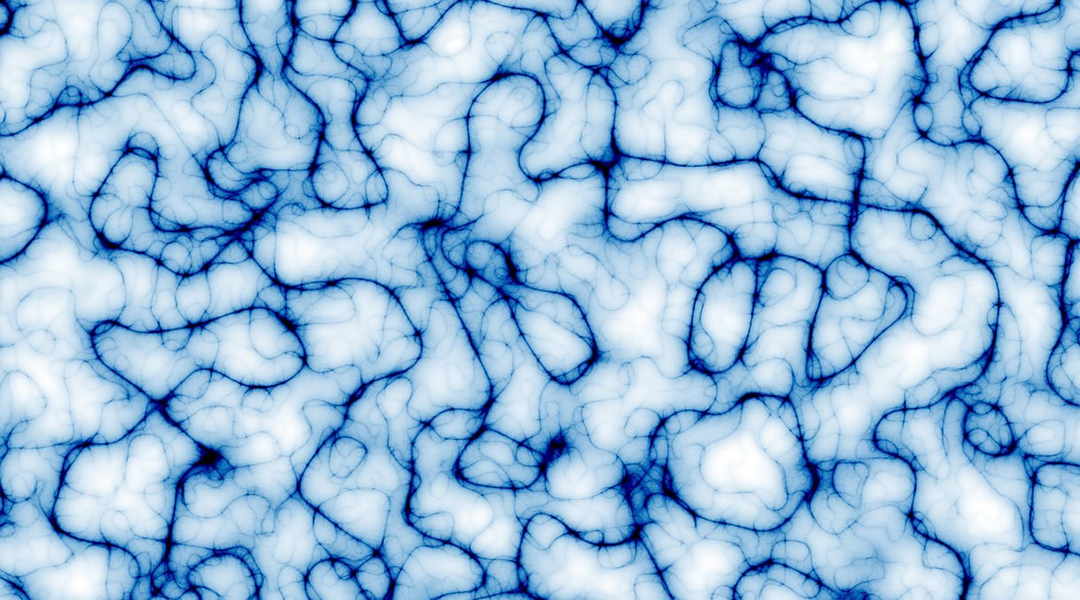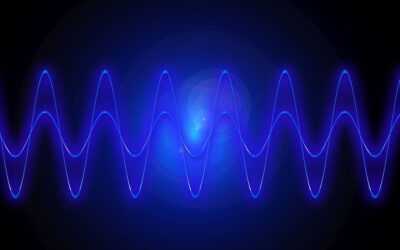Harnessing the same energy source that powers the Sun, fusion has long been a goal of scientists a worldwide, holding immense promise as a virtually limitless and clean source of energy.
At the heart of this ambitious endeavor and in order to facilitate a fusion reaction on Earth, matter must be heated to roughly 100 million degrees Celsius, at which point it becomes a plasma, a super heated mixture of nuclei and electrons not bound to their atoms.
Though numerous fusion reactor prototypes are currently being developed in different facilities around the world and significant progress has been made, experts predict we are still years away from a functioning reactor.
Tricky plasmas
Creating and maintaining extremely hot plasmas is no easy feat as they must be suspended inside a reactor with the help of magnetic fields.
This is a delicate process prone to disruption as a result of the complex interactions that take place between the plasma, the magnetic fields, as well as additional electromagnetic forces generated during the reaction, leading to a sudden loss of stability and collisions with the walls. This inevitably halts the reaction and damages the reactor’s hardware.
The occurrence of disruptions and the difficulties in dealing with them has hindered our progress toward achieving the long-sought goal of producing more energy from fusion than the reactor consumes. The challenge is related to the need for accurate diagnostics and the inability to rapidly respond to plasma instabilities.
In a recent study published in Physical Review Letters, a team of American scientists led by Chang Liu from the Princeton Plasma Physics Laboratory (PPPL) has suggested a way to mitigate the damage caused by disruptions by curbing one of their most detrimental components: runaway electrons.
Taming runaway electrons
Disruptions in fusion reactors can be thought of as sudden storms that take place within the controlled environment of a plasma. One of the most menacing repercussions of these disruptions is the generation of runaway electrons.
When the plasma collapses during a disruption, runaway electrons are accelerated to velocities almost equal to the speed of light, and their numbers are expected to grow almost like an avalanche, which would cause catastrophic damage to the reactor. However, recent experimental studies at the American DIII-D reactor and the German ASDEX Upgrade facility have shown that this number does not grow as dramatically as previously anticipated.
To resolve this contradiction between empirical data and theoretical expectations, Liu and colleagues embarked on a comprehensive theoretical study with the goal of shedding light on the intricate relationship between electrons, ions, and the electromagnetic fields within the reactor’s core. The results of their endeavor have the potential to revolutionize the way we approach fusion energy.
They found that the runaway electrons themselves generate a unique type of electromagnetic waves within the plasma. These waves, known as Alfvén waves, were first predicted in 1942 by the Swedish physicist Hannes Alfvén, who was subsequently awarded the Nobel Prize for this discovery.
Alfvén waves, when propagating parallel to the direction of the magnetic field, serve as a counterforce against the runaway electrons, acting as brakes, scattering the high-energy electrons and thereby slowing their potentially destructive growth.
“Chang Liu’s work shows that the runaway electron population size can be controlled by instabilities driven by the runaway electrons themselves,” said Felix Parra Diaz, head of the Theory Department at PPPL, in a press release. “His research is very exciting because it might lead to [fusion reactor] designs that naturally mitigate runaway electron damage through inherent instabilities.”
Safer and more efficient future reactors
This knowledge offers a glimmer of hope for the development of better future fusion reactors given the rate at which Alfvén waves slow the formation of runaway electrons depends on various plasma parameters such as density and temperature, among others, which in turn depend on the design of the reactor.
As this is the first study to explore this phenomenon, there are (as of yet) no concrete proposals for how this could be achieved. However, a promising candidate for the experimental application of these findings could be made at ITER, which stands for the International Thermonuclear Experimental Reactor.
This is a large-scale international nuclear fusion research project and facility located in Cadarache, France, and is one of the most ambitious and significant scientific endeavors in the field of nuclear fusion. The researcher team also indicates that these changes could also be made to the design of the DIII-D and ASDEX Upgrade reactors.
It will be interesting to see how this discovery, which not only honors the legacy of Hannes Alfvén but also paves the way for a new era of fusion reactor design, will bring us closer to the holy grail of clean and abundant energy.
Reference: Chang Liu et al, Self-Consistent Simulation of the Excitation of Compressional Alfvén Eigenmodes and Runaway Electron Diffusion in Tokamak Disruptions, Phys. Rev. Lett (2023). DOI: 10.1103/PhysRevLett.131.085102
Feature image credit: geralt on Pixabay

















